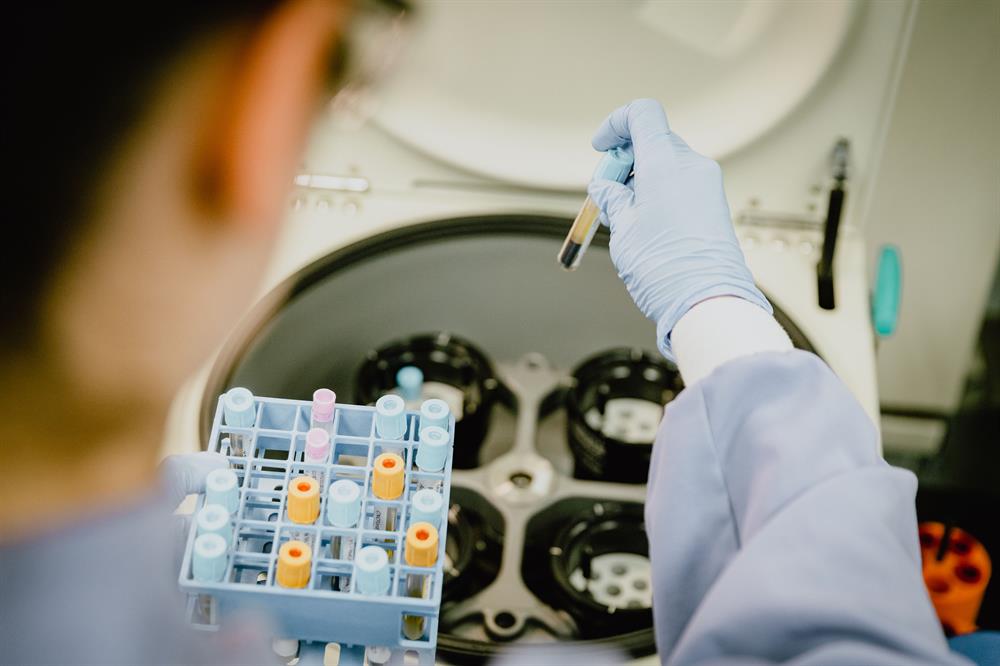Medical Diagnostics Lab
Projects

Case Study: Implementation of Laboratory Information System (LIS) for a Medical Diagnostics Lab
Client Overview: A prominent medical diagnostics laboratory approached MicroAntix, a trusted IT solutions provider, to implement a robust Laboratory Information System (LIS). The client required a comprehensive solution to streamline their lab operations, improve efficiency, and enhance patient care.
Challenge: The client’s manual paper-based processes and disparate systems posed several challenges, including delays in test results, data entry errors, and inefficient workflow management. They needed a modern and integrated LIS that could automate their laboratory processes, ensure data accuracy, and provide seamless connectivity with diagnostic equipment.
MicroAntix’s Solution:
- Needs Assessment: MicroAntix conducted an in-depth assessment of the client’s existing laboratory workflow and IT infrastructure. They collaborated closely with the lab staff to identify pain points, understand their requirements, and determine the ideal LIS solution that would address their unique challenges.
- Customized LIS Implementation: MicroAntix customized an LIS solution tailored to the specific needs of the medical diagnostics lab. The solution incorporated features such as patient demographics management, test ordering and result reporting, sample tracking, quality control, and instrument interface integration. It provided a centralized platform for managing the entire laboratory workflow.
- Seamless Integration with Diagnostic Equipment: MicroAntix ensured seamless integration of the LIS with the client’s diagnostic equipment, including analyzers, instruments, and automation systems. This integration allowed for real-time data exchange, automatic result capturing, and elimination of manual data entry, minimizing errors and improving efficiency.
- Data Migration and System Integration: MicroAntix facilitated the smooth migration of data from the client’s legacy systems to the new LIS. They ensured data integrity, accuracy, and confidentiality during the migration process. Additionally, they integrated the LIS with the client’s existing IT infrastructure, including electronic medical records (EMR) systems, ensuring seamless interoperability.
- User Training and Support: MicroAntix provided comprehensive user training sessions for the lab staff to ensure smooth adoption and utilization of the new LIS. They conducted training on system functionalities, data entry protocols, result reporting, and troubleshooting procedures. MicroAntix also offered ongoing technical support to address any queries or issues that arose post-implementation.
Results and Benefits:
- Streamlined Workflow and Increased Efficiency: The implementation of the LIS streamlined the client’s laboratory workflow, eliminating manual processes and reducing turnaround times. Automated result reporting and sample tracking improved operational efficiency, enabling the lab to handle a higher volume of tests and deliver faster results to patients.
- Enhanced Data Accuracy and Quality Control: The LIS provided robust data management capabilities, minimizing data entry errors and improving accuracy. Real-time data exchange with diagnostic equipment eliminated transcription errors and ensured reliable test results. The system also facilitated comprehensive quality control measures, enhancing the lab’s overall data integrity.
- Improved Patient Care and Satisfaction: With the LIS in place, the lab was able to deliver more accurate and timely test results, enhancing patient care and satisfaction. The system allowed for easy access to historical patient data, aiding in diagnosis and treatment decisions. Patients experienced shorter wait times and improved communication with healthcare providers.
- Cost Savings and Resource Optimization: The automated processes and streamlined workflow resulted in cost savings for the client. Reductions in manual data entry and result reporting minimized labor costs and increased resource optimization. The LIS also improved inventory management and reduced waste through better tracking of reagents and supplies.
- Ongoing Support and Partnership: MicroAntix’s continued technical support and maintenance ensured the client’s uninterrupted operations. The client appreciated the partnership with MicroAntix, knowing they had a reliable technology partner to address their future needs and stay updated with the latest advancements in laboratory informatics.
Conclusion:
MicroAntix’s implementation of a customized Laboratory Information System



